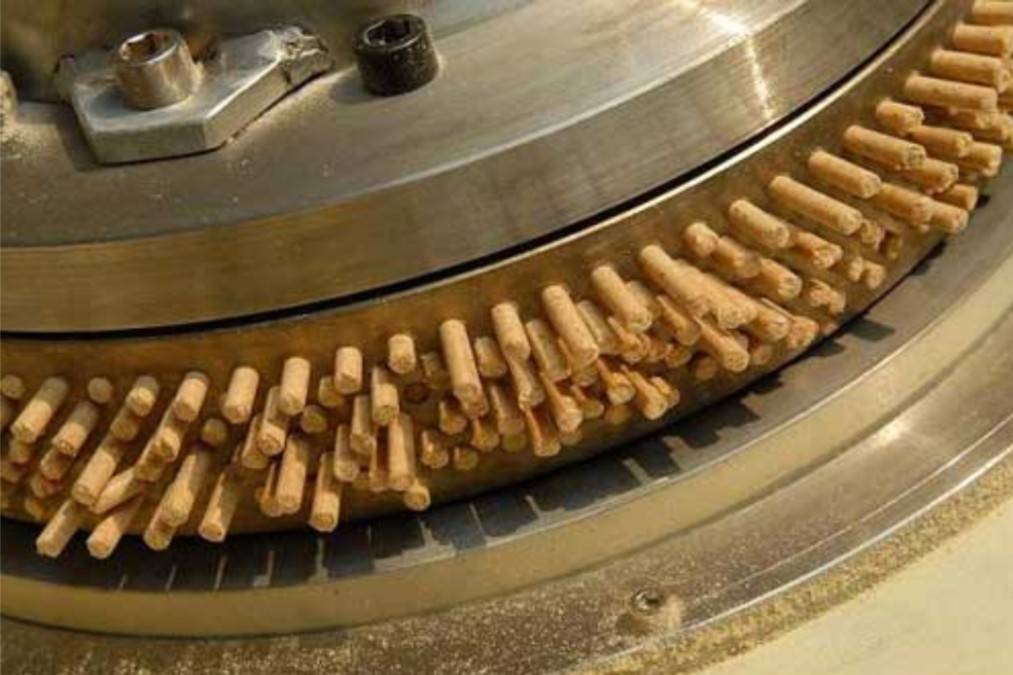The General Director of the Yakut fuel pellets plant talks about the advantages of wood pellets. Pellets are environmentally friendly, easy to use where it is difficult to carry gas, in addition, the cost of fuel pellets is quite low compared to other types of solid fuels.
Bioenergy has been successfully developing in many European countries for a long time, and in recent decades it has been gaining authority in Russia as well. Among the new and most promising projects in this area is the construction of the Yakut fuel pellets plant. What is the value of its products, what prospects and benefits will it give to the region and customers, says Artur Danilov, general director of the plant.
– Artur Semenovich, how did the idea to deal with this particular project come about? What interested you in it?
– As you know, many remote settlements of our country have certain difficulties with heating. So, not everyone has the opportunity to conduct gas and heat with it. This is where wood pellets come in handy. They are easy to use and give a lot of warmth. The number of boilers that operate on such environmentally friendly fuel is increasing every year. At the same time, the target audience for this business is not private houses, as one might think, but mainly industrial and domestic facilities that are heated by coal-fired boilers. The cost of pellets is quite low when compared with all other types of solid fuels. The price is lower for natural gas only. In Russia, it is profitable to engage in the manufacture of pellets,
– What prospects does this business open for you, for the region and potential customers?
– The total cost of the project today is 15 billion 368 million rubles for the forecast 10 years. The volume of investments will amount to 885.5 million rubles. The implementation of the project will allow creating a production facility that constantly brings net profit in the amount of more than 430 million rubles. per year, to increase tax revenues to the budgets of different levels by 146.2 million rubles. per year, to create 117 new jobs in the region. In South Korea, enterprises that use fuel pellets in their CHP plants are provided with significant subsidies from the state, this program is being implemented as part of environmental safety and the use of renewable energy sources. The conclusion of a long-term 20-year contract for the supply of fuel pellets to the customer is a guarantee of long-term and mutually beneficial cooperation.
– Will you focus more on export or do you have Russian clients?
– At this stage, our company has signed a contract with the Korean company DM Power Co, Ltd for the supply of 160,000 tons of finished products per year. The term of the contract is 20 years, during which there will be a planned increase in the annual volume of production up to 380 thousand tons per year. We will see how things go further, I think there will be other interesting orders, including from domestic companies. – Tell us more about the raw materials for pellets and what is their advantage over other energy sources. How will it be prepared? How environmentally friendly is it?
– Pellets are biofuels obtained from the processing of wood waste. It is a cylindrical granules of a certain size. What is very important from the point of view of forest conservation, for the production of pellets, it is planned to use illiquid and low-value wood that appeared as a result of fires in the Republic of Sakha (Yakutia), thereby creating conditions for forest restoration. The calorific value of wood pellets is about 5 kW/h (4300 kcal/h), which is comparable to coal. When burning one ton of pellets, the same amount of energy is released as when burning 480 cubic meters. meters of gas, 500 liters of diesel fuel or 700 liters of fuel oil. At the same time, wood pellets are much more environmentally friendly than the above traditional fuels. So, when burning pellets, the emission of carbon dioxide is 10-50 times lower than theirs, remains from 15 to 20 times less ash, and sulfur is almost completely absent from emissions. This is indeed a promising source of fuel. What has already been achieved at this stage? What are you planning to accomplish in a year? – At this stage, as I already mentioned, a contract has been signed with a South Korean company, as well as contracts for the supply of logging equipment and service with Ferronordic Machinery LLC and equipment for a pellet plant with HermesExpo International Tranding Co, Ltd. We plan to conclude a contract for the lease of a forest plot for a period of 49 years. A land plot with a total area of 7 hectares is at the registration stage. It has access to road and rail infrastructure as well as electricity. A factory will be built on it. This year we are going to conduct a preparatory phase (January-July), the start of production should start in August (during this period, the plant will provide 25% of production capacity), reaching the design capacity (95%) is scheduled for February 2020. I want to note that the company should approach self-sufficiency in August 2019, and the return on investment is scheduled for October 2019 – April 2022.

